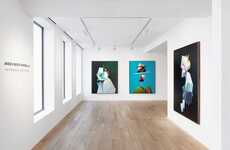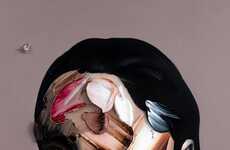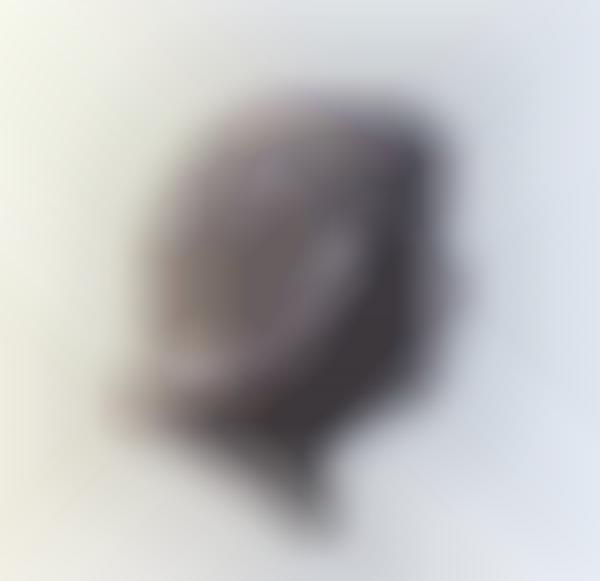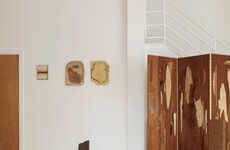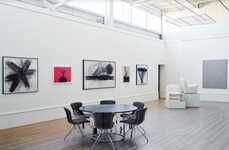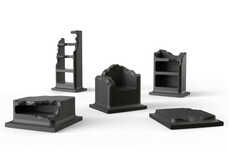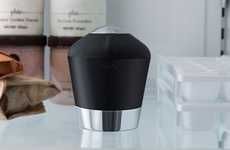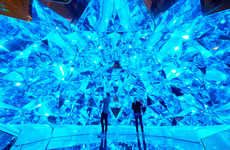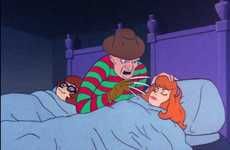
The Fragments Exhibit Features Work by Ryan De La Hoz & Russell Leng
Meghan Young — December 18, 2014 — Art & Design
References: russellleng & design-milk
The Fragments Exhibit showcases the work of two exemplary artists, Ryan De La Hoz and Russell Leng. Although very divergent, their individual oeuvre complements each others perfectly. Dark and abstract, at first glance, it's almost hard to tell whose work belongs to who. Yet there are distinct characteristics that stand out in the Fragments Exhibit that people will pick up on.
For instance, De La Hozis known for incorporating a lot of destruction in his work such as involving a cracked face or broken vessels. Leng, on the other hand, is much more clean cut, using a lot of geometric references. Yet Design Milk notes, "Together, they create a sense of contradiction when crisp lines and precise shapes meet loose applications of spray pen or construction chalk."
For instance, De La Hozis known for incorporating a lot of destruction in his work such as involving a cracked face or broken vessels. Leng, on the other hand, is much more clean cut, using a lot of geometric references. Yet Design Milk notes, "Together, they create a sense of contradiction when crisp lines and precise shapes meet loose applications of spray pen or construction chalk."
Trend Themes
1. Abstract Geometric Artworks - The trend of incorporating abstract geometric shapes in art could disrupt traditional art forms by creating new avenues of self-expression.
2. Divergent Complementary Styles - The trend of showcasing artwork with divergent complementary styles could disrupt traditional exhibits by providing viewers with a more dynamic and varied experience.
3. Converging Techniques - The trend of converging techniques such as destruction and precision could disrupt traditional artistic norms by blending contrasting styles to create new forms of art.
Industry Implications
1. Art Exhibitions - The use of divergent complementary styles and abstract geometric shapes in art exhibitions could disrupt the traditional way of curating exhibits by enticing a wider range of viewers and creating a new market for alternative art forms.
2. Art Education - The incorporation of converging techniques in art education could disrupt traditional teaching methods by providing students with a more well-rounded approach to art development, opening up new avenues for creativity.
3. Interior Design - The adoption of abstract geometric art in interior design could disrupt traditional design styles by creating new opportunities to integrate unique and eye-catching artwork into a space, providing a new market for artists and designers.
1
Score
Popularity
Activity
Freshness


